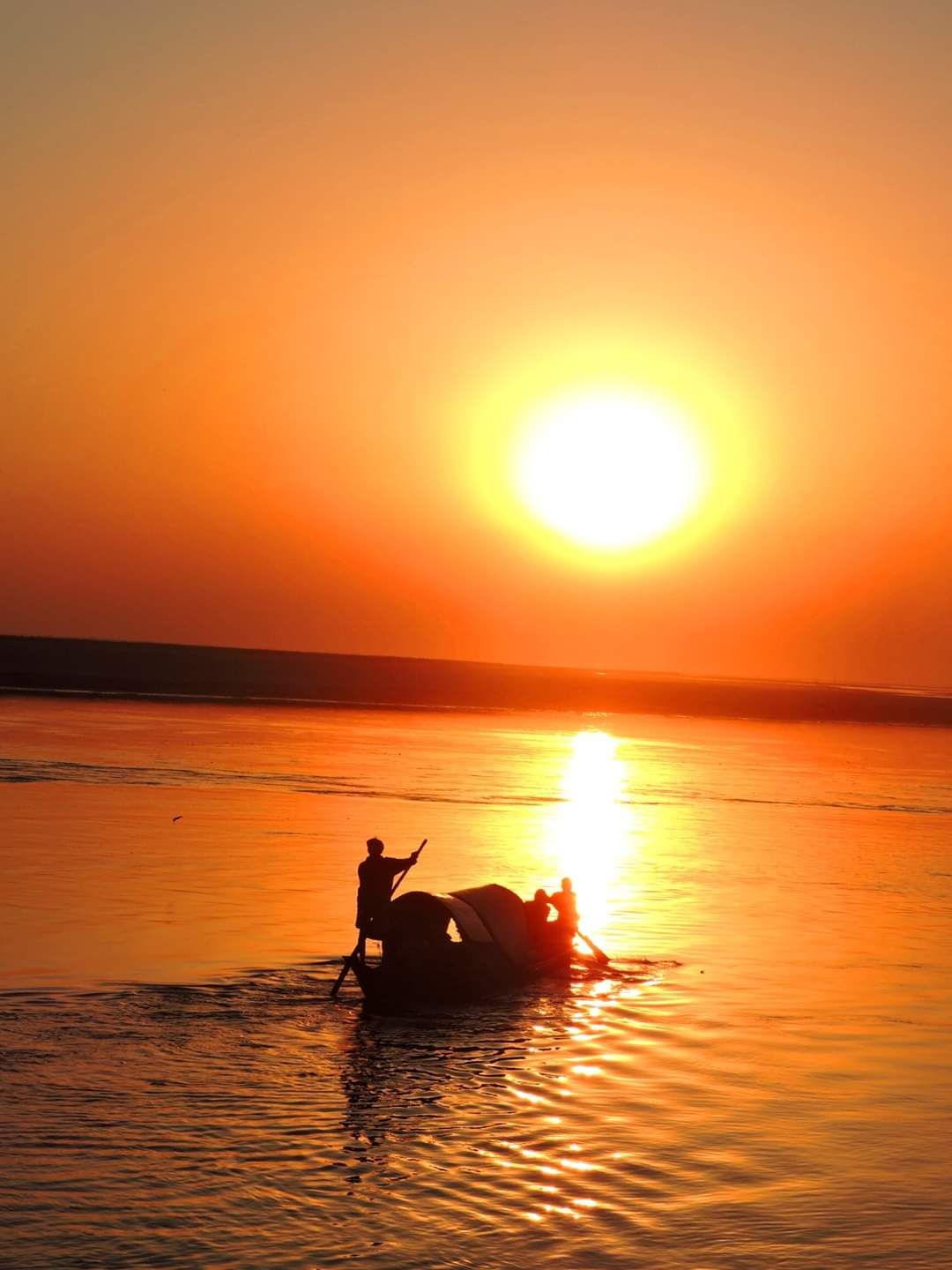Majuli is interesting for its 22 Satras, Hindu Vaishnavite monasteries. Assamese poet, composer and philosopher Sankardeva founded the institution of satra in 15th century. Majuli reveals the concept of Assamese Hinduism, which beliefs in Vishnu as pre-eminent deity, without a form.
UNESCO has recently notified the Island as ‘World Heritage Site’ for its unique preservation of Vaishnavite Culture.

Digboi have the oldest operating & second oldest oil field in the world and Digboi refinery became a centenarian in 2001. Oil was struck in Digboi long before it was found in Middle East. Along with the coalmines and Tea Estates it is richest area in entire North-Eastern Region.
60 kms from Digboi is the Dibru – Saikhowa National Park. Covering an area of 340 sq kms the park have seven parts, one being wetland and rest are mainly grassland and dense forest. Some rare species found are Semi Wild (feral) Horses and white- winged Wood Duck. Apart from it Leopard, clouded Leopard, Elephant, Sambar, slow loris, Asiatic Buffalo, Capped Langur, Gangetic Dolphin, Indian Wild dog, etc. More than 250 varieties of local and migratory birds are also found here.
Sonitpur, as ancient Tezpur was known in the olden days is a city steeped in Mythology, legend and folklore. The “city of Blood” (Sonit- Blood pur-city) conjures up images of the romantic legend of Usha and Anirudha and of the fierce battle between “Hari” and “Hara”. Situated on the North Bank of Brahmaputra, present Tezpur town of Magnificent scenic beauty and exquisite archaeological ruins is headquarter of Sonitpur District. With snow-capped peaks of Himalaya as the northern backdrop, lush tea gardens and magnificent archaeological ruins have all contributed to make Tezpur a tourist delight.
The gateway city of Guwahati is an absolute must on the itinerary of any visitor to to this part of the world. Its a commercial Hub for the entire region and an entry point the world of wonders. This erstwhile capital of Demon king ‘Narakashura’ of ‘Pragjyotishpura’ finds mention in the Great Indian Epic ‘Mahabharata’. It is also the ancient land of ‘Kamarupa’ from which the present day name of Kamrup administrative district under which Guwahati city comes was derived. “Kama-Rupa” was the land where the Hindu god of Beauty, fertility and source of life was reborn.
24 km from Guwahati, lies the three different religions- Hindu, Muslim and Buddhists. Both the Hindus and the Buddhists offer prayer in the same temple of Hayagriva Madhava. According to the Buddhist claim, the image inside the temple is that of Buddha and the Hindus claim that the horseheaded form of the image is that of Vishnu. It is a rare instant to be Hindu temple and Muslim mosque in a close proximity.
32 km from Guwahati and on the northern bank of the Brahmaputra river. Assam silk, viz Pat ,Muga and Endi , the designs on which perfectly showcase the craftmenship of the artisans of Assam and which have occupied a remarkable place in state`s economy, is produced in Sualkuchi.
40 km from Guwahati. It is a historical spot getting mention in Yogini Tantra. Images and icons of griffins, nymphs, dancing fairies, gods and goddesses , six headed Bhairava, four headed Shiva are scattered in this tiny hillock.
Bathed in the scenic splendor of nature, Sibasagar, the modern name of an ancient town, now throbs with the activities of full-fledged industrial town.
Ahom Dynasty, which ruled Assam for 600 years had their capital in Sibasagar. It is now an important centre of tea and oil industries.
Remains of Ahom’s days can be seen here in this town. Some of them are man made artificial lake created by Queen Madambika in 1734, Shivdol-the tallest Shiv temple in the world, palaces of Kareng Ghar and Talatal Ghar, Gaurisagar Tank, along with three temples.
Ahoms, who invaded Assam in 12th century were of Thai origin but embraced the culture of local people, which were predominantly Aryan Hindus. Thus, a mixed blend of culture is prevalent in this region.
www.tribaltoursinindia.com © All Rights Reserved, 2021